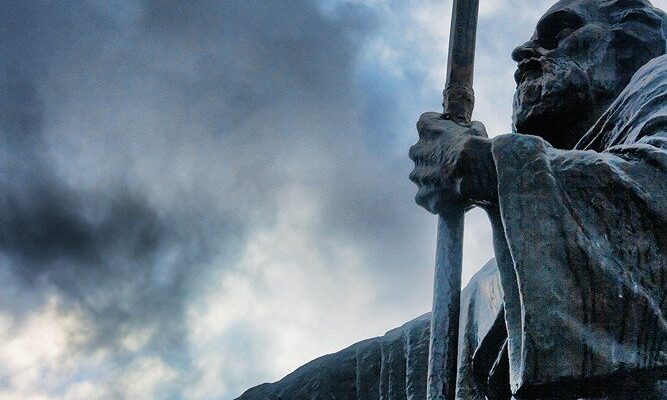Chersonesos Tavrichesky
Chersonesos Tavrichesky is one of the most famous and popular sights of Sevastopol. It represents the ruins of the ancient Greek polis Chersonese, which are located 3 km from the city center. In addition to the actual remains of the ancient settlement, beautiful architectural elements have survived to this day, there are also new buildings.
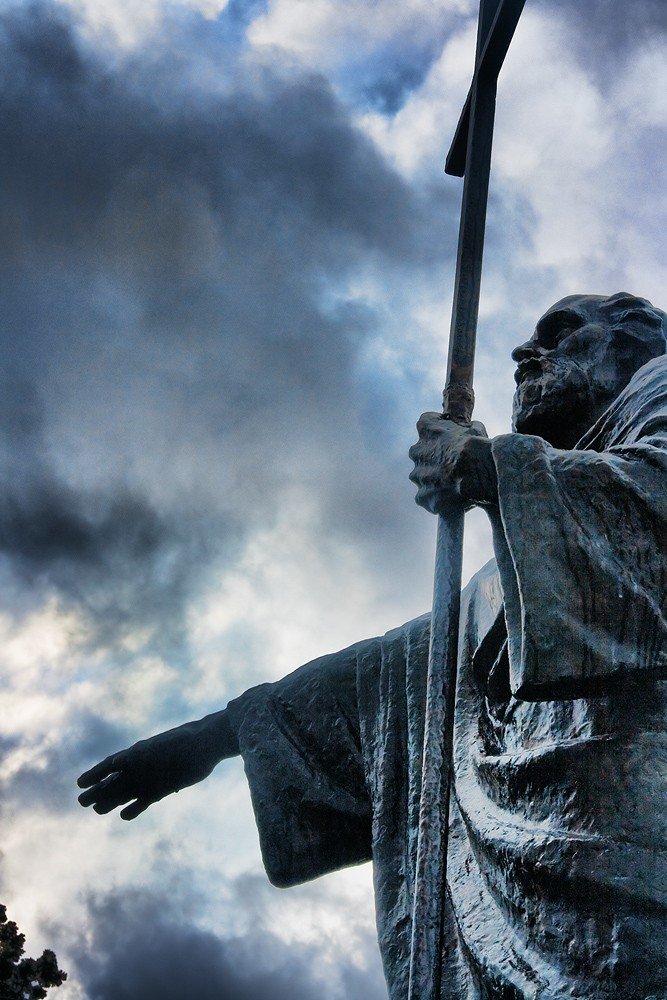
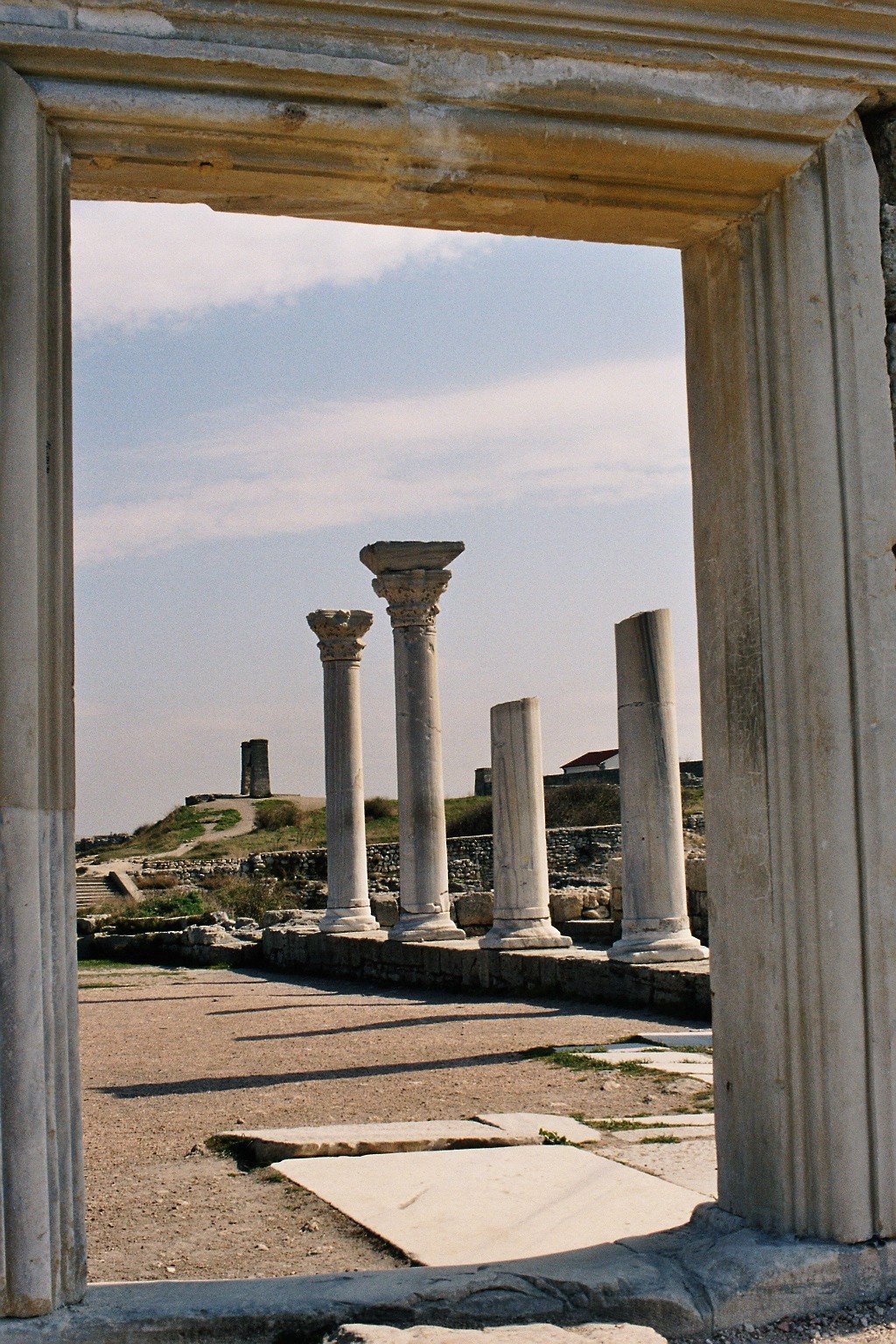
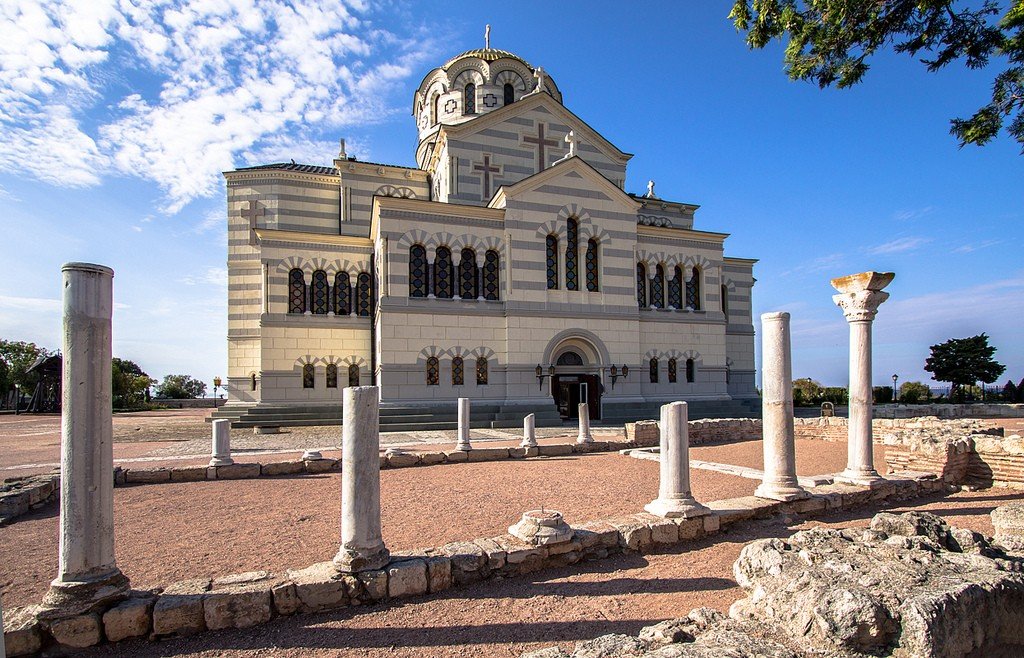
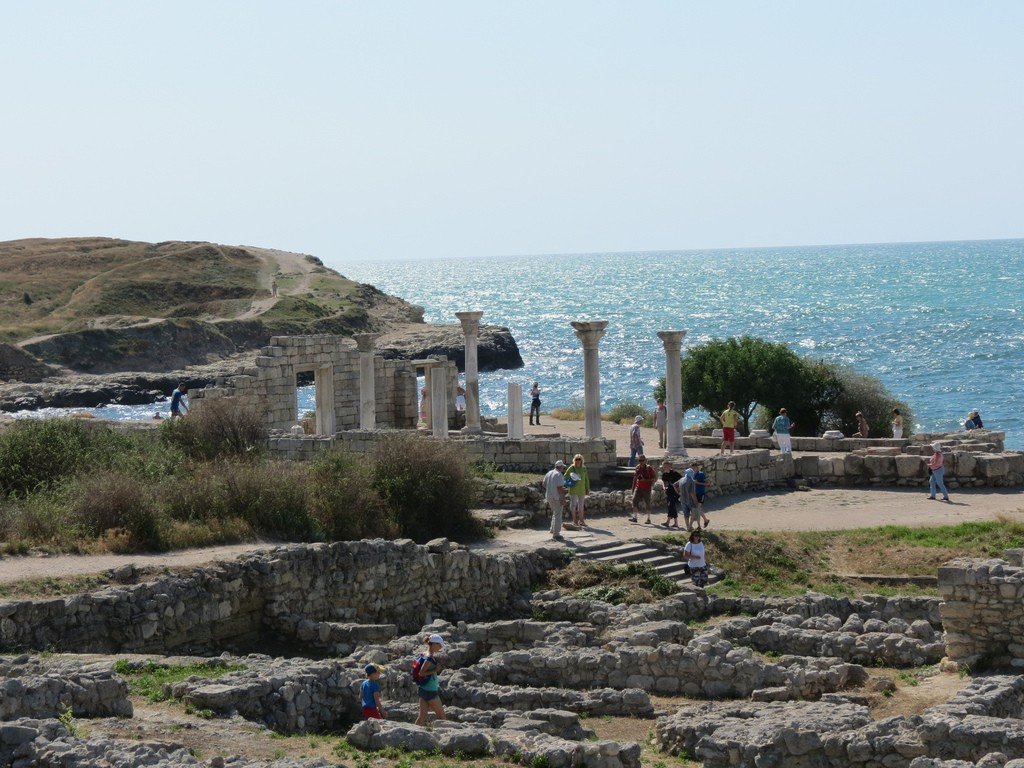
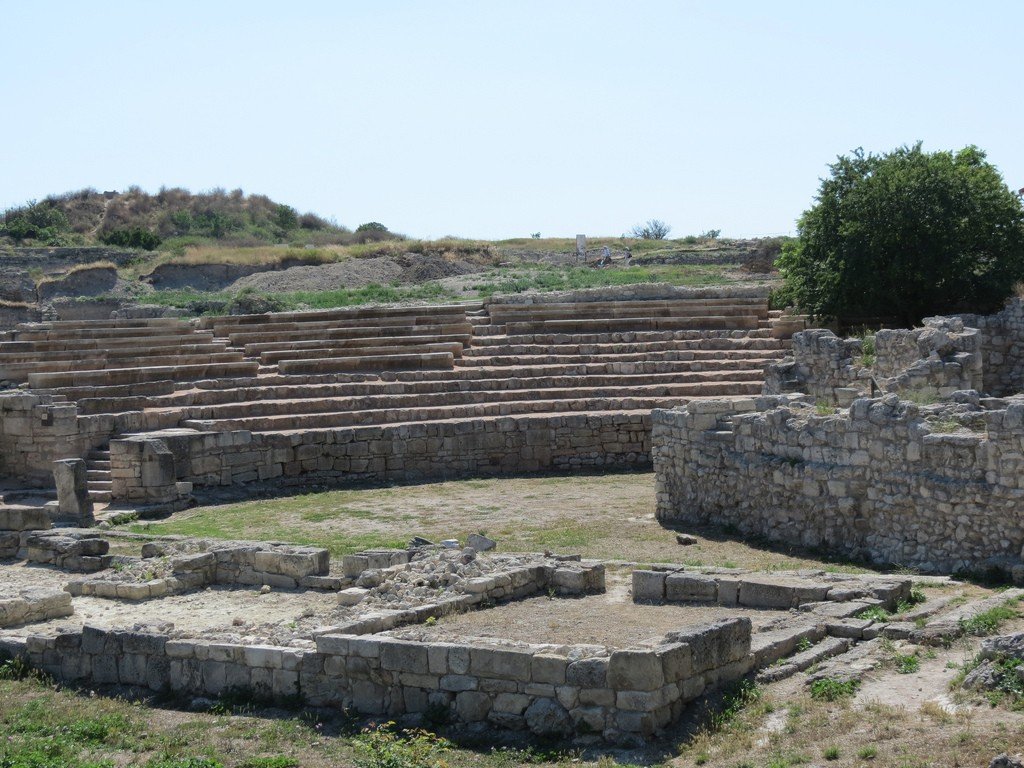
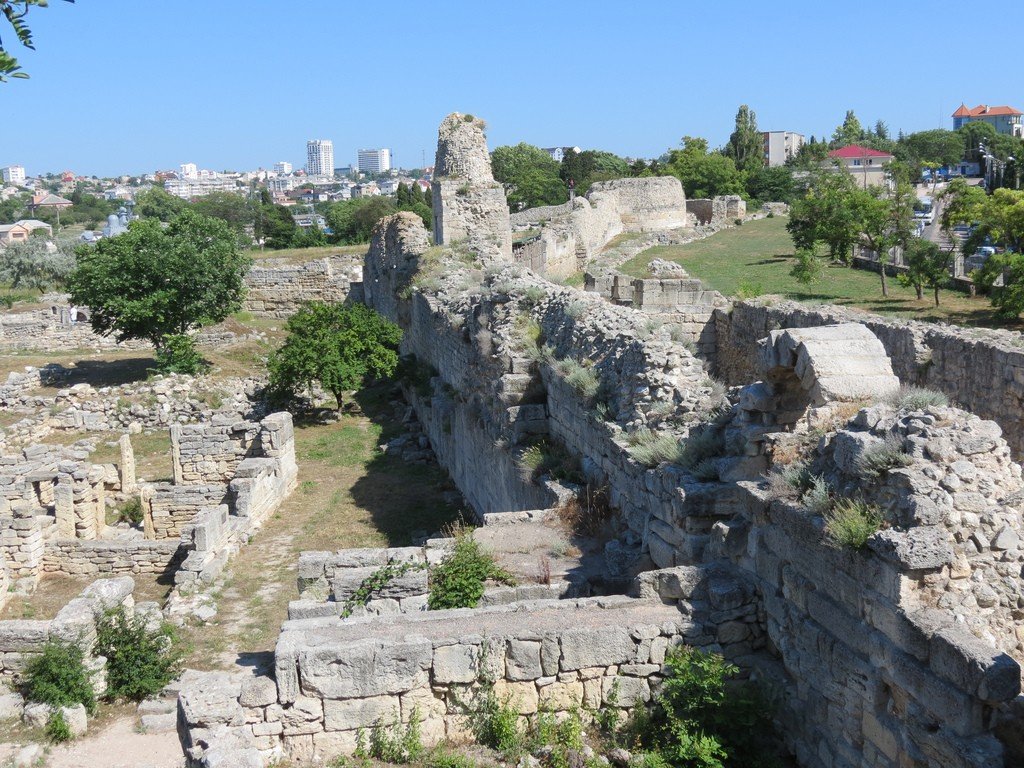
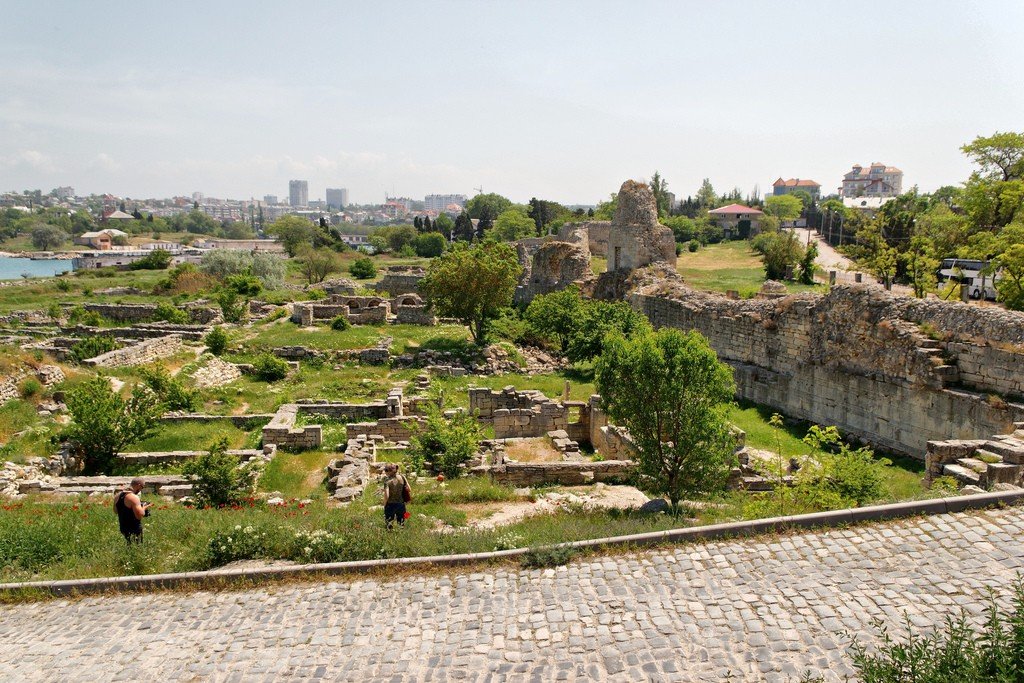
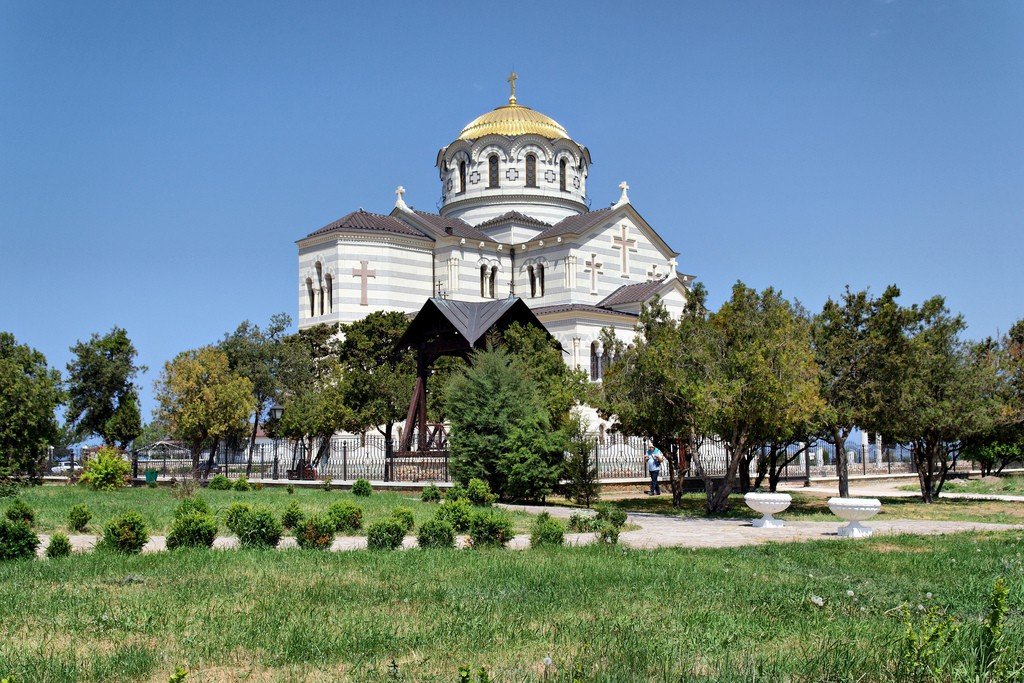
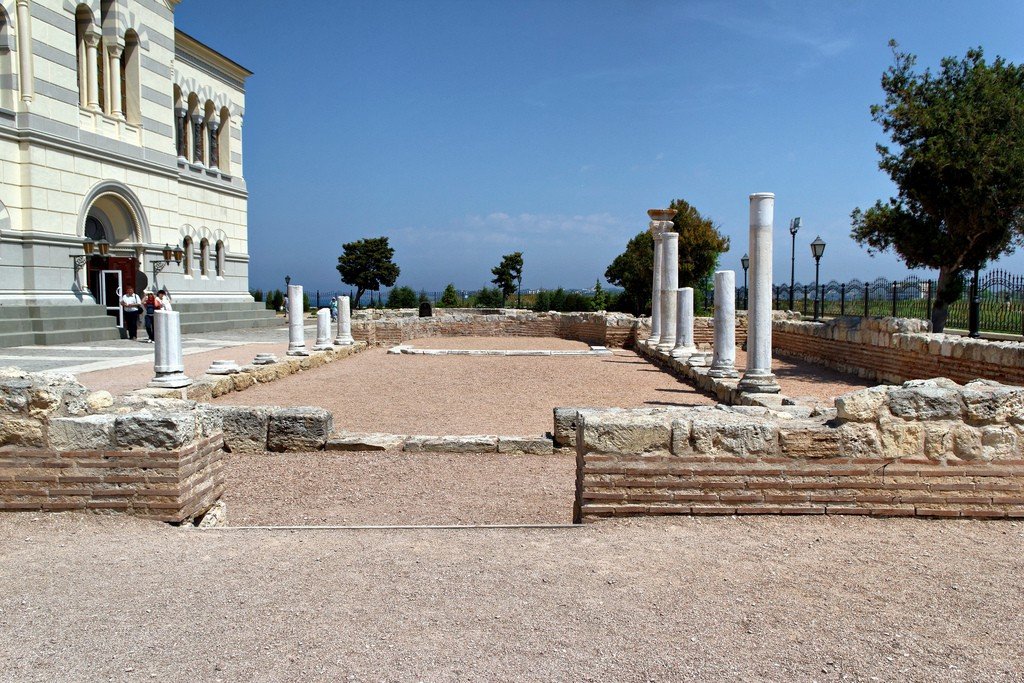
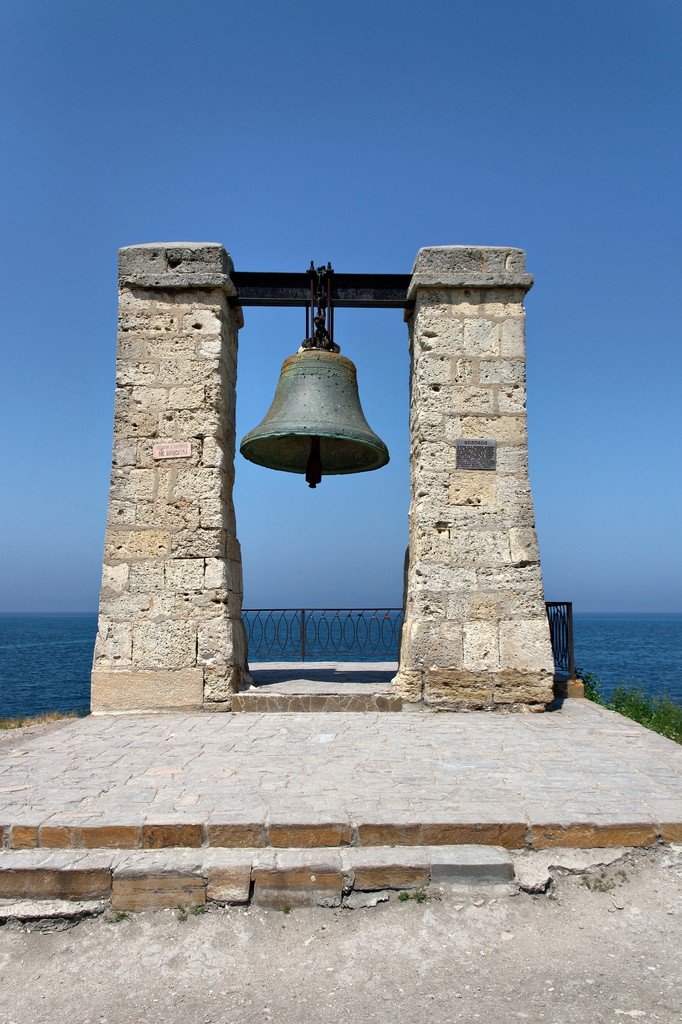
Video: Chersonesos Tauric
Contents- Highlights
- History of Chersonesos Tauric
- Sights of Chersonesos
- Chersonesos Tauric Museum-Reserve
- Interesting facts
- Opening hours
- How to get there
Highlights
Ancient Chersonesos has become the site of many themed excursions – very interesting and rich. And this is not surprising, because the ancient settlement located in the Crimea is considered a kind of symbol of the history of the entire peninsula. It was here more than a thousand years ago, Prince Vladimir of Kiev adopted Christianity. The uniqueness of the attraction is also that the walls of the ancient city has not once been subjected to siege by conquerors, but without success.
.
Today the former polis is a huge open-air museum: there is a historical and archaeological reserve “Chersonesos Tavrichesky”, which for one tour or even for one day it is impossible to fully examine. Located on its territory, historical artifacts represent the cultures of not only different times, but also different peoples. However, it is used to be called the Greek Chersonesos, as it was the ancient Hellenes who stood at the origins of the foundation of this famous settlement of antiquity.
.
Tourists are unlikely to be bored on the territory of the former settlement, included, incidentally, in the list of UNESCO World Heritage Sites. And modern civilization has not bypassed it: in Chersonesos are arranged benches, toilets, there is security, there are nice cafes for a quick snack. And you can also just sit on the seashore. You can even take your swimsuit with you – there is a beach very close by, where it is a sin not to swim. And then, continuing your acquaintance with the ancient city of Chersonesos, think about what other secrets it hides from inquisitive scientists and inquisitive tourists. That they are, no one doubts…
.History of Chersonesos Tauric
The exact date of the foundation of Chersonesos Tauric is unknown. Judging by the surviving data, the ancient polis appeared on the map of the Crimean peninsula in about the 5th century BC. The first settlers of the ancient Greek colony were natives of Heraclea.
.The geographical location of the new polis was so fortunate that it quickly began to develop and grow. The settlers from ancient Hellas made a significant contribution to the cultural life of Chersonesos. Thanks to them various events were regularly organized here. In addition to festivals, of course, they were sports competitions, which is not surprising – after all, Greece is the birthplace of the Olympic Games. During the next two thousand years Chersonesos remained a major center in the Northern Black Sea coast: both political and economic, as well as cultural. It was also the only Doric colony.
.Chersonesos Tauric led an active foreign policy, not differing in this respect from the classical states. In the 3rd century BC, the ancient city acquired its first money – silver coins. Over time, the city de facto became a separate state and to defend its sovereignty in the Black Sea zone participated in various wars. True, not in invasive wars, but in defensive ones. Chersonesos lost its statehood in the II century B.C., when as a result of the war it was forced to turn for help to the Pontic king, after which it became a vassal of the Bosporan kingdom. Somewhat later the settlement came under the influence of the Roman Empire, becoming at the beginning of our era an important outpost of the Roman Empire in the Black Sea basin.
.
It is impossible not to mention that the Greek Chersonesos played a key role in such an epochal event as the baptism of Russia. In the I century AD here appeared the first followers of Christianity and four centuries later Chersonesos Taurica became part of one of the powerful states of that time – the Byzantine Empire. Kievan prince Vladimir was baptized here. The epochal historical event took place in 988.
.The decline of Chersonesos Taurica – both as a state and as a city – began after the Crusaders conquered it in 1204. The ancient polis finally turned into ruins in the 15th century AD. Having existed on the shores of the Black Sea for about two millennia, it left an indelible mark on world history during this huge period of time.
.
As for the name of the ancient settlement, the word “Chersonesos” from the Greek translates simply – “peninsula”. But it should be clarified that it meant not the whole Crimea, but the cape located between the Pesochnaya and Quarantine Bays. On its territory, in fact, the city-state was located. Well, and the adjective “Tavrichesky” came from the Greek name of the southern coast of Crimea – “Tavrika”.
.
Nowadays, Chersonesos is rightfully considered the most majestic archaeological monument of antiquity in the south of Russia. Its impressive size, not to mention its preservation and location, attract the attention of not only historians, archaeologists and local historians, but also numerous travelers and just lovers of antiquities. Many tourists come here several times, invariably discovering new facets of this miraculously surviving piece of the common past of mankind.
.Sights of Chersonesos
In the middle part of the main street of Chersonesos is the central square – Agora, laid out during the original planning in the 5th century BC. In ancient times it housed temples and altars, statues of Olympian gods, and meetings of the people’s council. With the adoption of Christianity, in the IV century AD, the Agora was enriched with a new architectural ensemble of seven temples. In the middle of the XIX century on its territory erected a cathedral, bearing the name of Prince Vladimir of Kiev – in honor of his baptism in Chersonese.
.
Once in this amazing place, it is impossible to pass by the ancient amphitheater, built in the first half of the III century BC and used for its purpose for almost a century and a half. Known for their love of culture, the Greeks repeatedly modernized their theater, enriching it both architecturally and repertoire. In the first century AD ancient Greek traditions began to give way to typically Roman spectacles – circus performances and gladiatorial fights. To date, the Chersonesos Amphitheater is the only preserved ancient theater not only in Crimea and Russia, but also in other countries of the former USSR.
.
Of considerable interest is the medieval temple, which is called “Basilica in Basilica”. Such a name may seem strange, but when you learn that two temples were built in the same place, and the second was built on the ruins of the first from its own debris, then everything becomes clear. The older “Great Basilica” was built in the VI century, presumably during the reign of the Byzantine Emperor Justinian I. It was three-nave, with a floor completely covered with mosaics. However, the temple was later destroyed and in the 10th century a new one was built on its ruins, the so-called “Small Basilica.”
The new, smaller temple, was located on the site of the central nave of the previous one. Unfortunately, during construction was in disrepair part of the mosaic floors, but the columns of the old temple went into business – from them in the new basilica formed the throne. In the period of XII-XVIII centuries in the northern part were added commercial and storage facilities, including a covered gallery. A chapel was erected in the south, the lower floor of which was occupied by a tomb. “Small Basilica” existed until the XIV century and was destroyed by fire. After that it was not rebuilt. On May 9, 2007, the “basilica within a basilica” was attacked by vandals who toppled the columns (some of them split) and damaged the mosaic floor.
On the territory of the national museum-reserve “Chersonesos Tavrichesky” is preserved 9-meter left-flank defensive tower of the ancient city, known as Zeno’s Tower, or fortress tower, the diameter of which is even more – over 23 meters. It is located to the west of the Quarantine Bay, not far from the sea coast, and once covered the approach to the city from the southern side. Among the defense structures of the ancient polis, the tower is the best preserved. In addition to being an outstanding historical and architectural monument, the structure remains a valuable source of new artifacts, as archaeologists continue to find many interesting things here. Exclusive collections of sculptures, paintings and arts and crafts have been gathered thanks to the research carried out here. If you look from the top of the tower, you will see a wide panorama of the Quarantine Bay, the Port District and the citadel. By the way, the tower got its name in honor of the Byzantine ruler Zenon Isaurian, who financed its repair. This is evidenced by an inscription on a marble slab embedded in the base.
.Another notable visit of the ancient city is the Chersonese Bell, cast in 1778 in Taganrog… from what would you think? From trophy Turkish cannons. By decree of Emperor Alexander I in 1803, it was transported to Sevastopol for the church of St. Nicholas, which was under construction. After the Crimean War of 1853-1856 years, the Anglo-French allied forces took the bell as a trophy and returned to Sevastopol only on November 23, 1913. The event took place with a large crowd of people, on this occasion even organized a solemn procession. But not all historians agree with this version of the appearance of the bell and related events. According to some sources, the bell was cast only in 1890, his place on the seashore he took only in 1925, when the cathedral and the buildings of the monastery complex new authorities transferred to the museum created in the same year, and the bell was decided to use as a sound beacon.
.Chersonesos Tavrichesky Museum-Reserve
In Soviet times, the historical and archaeological reserve of ancient Chersonesos became one of the largest research centers in the country and a base where research work was and is being conducted not only by domestic, but also by many foreign scientists and archaeologists. In addition, students of various universities are practicing here. Scientific work here has never stopped and systematically conducted excavations helped to restore the history of the ancient polis-state in detail.
.Chersonesos Tauric became so popular that it is visited by tens of thousands of tourists during the year. In addition to the already mentioned sights, their abiding interest is aroused by such an epigraphic monument as the Oath of the citizens of Chersonesos of the III century BC, as well as various works of art and crafts, household items and tools of those times. For example, in the ancient part of Chersonesos you can see the ruins of a winemaker’s house and examine the underground temple.
.Familiarization with the territory of the ancient city many people compare it to traveling through the ancient Syrian Palmyra – of course, before the outbreak of hostilities there. And indeed: once here, you can walk along the main street of Chersonesos, wander through its neighborhoods and squares, where very, very long ago life was literally boiling. To examine the ruins of the ancient theater, surprisingly harmoniously neighboring with white marble columns of temples built in the Middle Ages. And, of course, with fragments of defensive towers, one of which – Zeno’s tower – we have already mentioned.
.It should be noted that the ancient defensive structures are best preserved on the territory of the so-called Port district. Tourists who have been here more than once, recommend that beginners should definitely take cameras with them. Although many people agree that the ancient Chersonesos does not look as impressive in photos as in reality. And this becomes an additional argument in favor of coming here in person and seeing everything with your own eyes.
.Interesting facts
Byzantine rulers used Chersonesos as a place of exile for their political opponents. Among them were even two popes – Clement I, exiled to Inkerman quarries, and Martin I, as well as the deposed emperor Justinian II and his opponent Philippicus Vardanus, brothers of Leo IV Khazar – the Byzantine emperor from the Isaurian dynasty, and the false son of another Byzantine ruler from Cappadocia – Romanus IV Diogenes.
The ancient Chersonesos was visited by Emperor Alexander III, the last Russian autocrat Nicholas II and members of his family. Among the august persons, Queen Olga and Prince George, representing the Greek monarchy, as well as Constantine, the Duke of Sparta, visited the ancient settlement.
>
There is a myth that the city of Kherson in Ukraine supposedly got its name in honor of the ancient Chersonese. It is easily refuted by the fact that at the time of the signing of the decree on its construction by Empress Catherine II, the Crimean peninsula was not yet Russian – its territory was then occupied by the independent Crimean Khanate.
.The Chersonesos Tavrichesky Museum-Reserve in cooperation with the Institute of Classical Archaeology of Austin (Texas, USA) implemented in 2009 a large-scale project to digitize the documentary materials stored there. The obtained digital copies of manuscripts, negatives and books, covering the period from the XIX to the beginning of the XX century, took up 75 DVD-discs.
.Chersonesos or, as it is also called, Korsun has for Russia, quote, “a huge civilizational and sacral significance”. This was stated by President Vladimir Putin in his annual address to the Federal Assembly of the Russian Federation, who also noted that this significance is the same as that of the Temple Mount in Jerusalem for those who profess Judaism or Islam.
In July 2015, a “personnel scandal” broke out in Sevastopol over the firing of Chersonesos Tavrichesky director Andrei Kulagin. The then governor of the city Sergey Menyailo appointed Archpriest Sergius Khalyuta to this position, with which the staff of the reserve strongly disagreed. As a result of public pressure, the priest was forced to give up his post. These events accelerated the transfer of the museum-reserve into federal ownership, which was insisted on by Vladimir Putin. This means that local authorities will no longer be able to influence the museum’s personnel policy.
.One of the sights of the ancient city – the Chersonese Bell – in its time, as they call it, got on TV. In 1975, when the popular Soviet movie for children “The Adventures of Pinocchio” was released, the bell could be seen in the episode of the arrival of the main characters – Pinocchio accompanied by fox Alice and cat Basilio – in the Land of Fools to plant five gold coins on the Field of Miracles.
.Opening hours
The Chersonesos Tauride is open to the public all year round. From September to May it is open from 9 a.m. to 5 p.m., and from June to August – from 9 a.m. to 7 p.m.. The ruins of the ancient Greek polis can be visited both independently and as part of an excursion group. In the latter case, you will learn information about all the sights from the mouth of an experienced guide. In addition, all excursions are free of charge.
.How to get there
Chersonesos Tavrichesky is located at the address: the city of Sevastopol, Drevnyaya Street, 1, the shore of the Quarantine Bay.
.The route bus №22 is the only one in the city that goes directly to the gates of the museum. It starts its movement from the stop “5th kilometer”, but it runs not so often, about every half an hour. In addition, the bus is almost always full of passengers. It is better to get to the stop “Cinema “Russia” and the rest of the way, it is small, to walk.
.It will take no more than 15 minutes to get to the 50th Anniversary of the USSR Square, where there are routes #10, 16, 83, 84, 107, 109 and 110. Or you can use trolleybuses № 6 and 10. For information: the cost of travel in municipal public transport is about 12 rubles. And already from the square, if you suddenly doubt in which direction to go, any local resident will tell you the way.
.